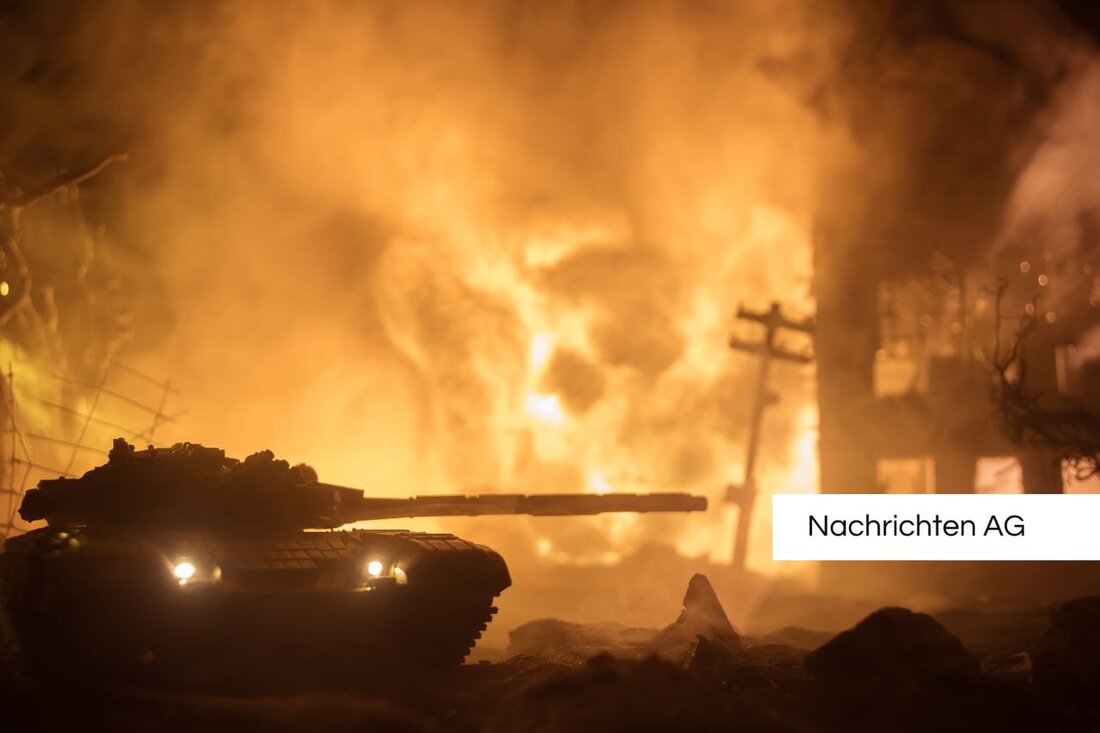The Seer: A harrowing play about violence and war
Vienna Festival Weeks 2025: “The Seer” by Milo Rau examines the mediatization of violence and war reporting with Ursina Lardi.

The Seer: A harrowing play about violence and war
On June 5, 2025, the piece “The Seer” by Milo Rau celebrated its premiere at the Vienna Festival Weeks. It is a haunting production that addresses the issue of dealing with violence in art. The focus is on the main actress Ursina Lardi, who plays the role of a war photographer who travels to global crisis areas to find dramatic images. As nachtkritik.de reports, the scenery is characterized by barren desert landscapes, criss-crossed by plastic waste and car tires, which represent the brutalization of society reflect.
The performance features the Iraqi Azad Hassan, whose mutilated fate was revealed in a violent video circulating on the Internet. It tells of the Islamic State's invasion of Mosul and confronts the audience with the reality of violent videos filmed by jihadists and published online. The combination of Lardi's shocked images and Hassan's powerful memories asks viewers how they react to the depictions of violence in the media.
Ethics of depicting violence
The piece is not only a mirror of society, but also encourages self-questioning about the fascination with violence. The ethics of depicting violence on stage and the role of the audience in this discussion are examined. Several central questions lead to a deeper reflection: Why is violence so seductive? What remains after war and terror? And can art actually alleviate suffering? These topics are not only relevant for theater, but also for society as a whole, as Milo Rau's direction impressively shows.
As interesting details underline, the war photographer's development from a celebrated personality to a bitter Cassandra becomes clear. Her search for subjects of horror takes a turn when she feels the devastating effects of violence firsthand. The piece's inspiration comes from the life stories of war photographers and Iraqi citizens, with Rau's own experiences, especially his encounters with Hassan, playing a key role, according to festwochen.at.
The dramatic highlight is particularly noteworthy: After the performance, Azad Hassan comes on stage and is showered with cheers. An impressive moment that illustrates the gap between the media's reception of violence and reality. The piece lasts 1 hour and 30 minutes without an intermission and is accompanied by an impressive production for which Anton Lukas designed the stage and costumes, while Elia Rediger is responsible for the sound.
With this production, the Vienna Festival has taken up an important topic that is relevant not only in our region but worldwide. At a time when violent reporting and its consumption are omnipresent, both in news and entertainment, “The Seer” represents an urgent call to reflect on what we see, how we perceive it, and the ethics associated with it.
In addition to these captivating themes, art history also reflects reflections on how to deal with the depiction of violence. Artists like Horst Strempel, who was active in the 1920s and 1930s and was politically involved in the left, experienced the complexity between art and power: Strempel was unable to find access to the Western avant-garde after he came under suspicion in West Berlin due to his socialist involvement, as guernica-gesellschaft.de explains. This makes it clear that the discourse about violence in art has been important for some time and must be continued.

 Suche
Suche
 Mein Konto
Mein Konto